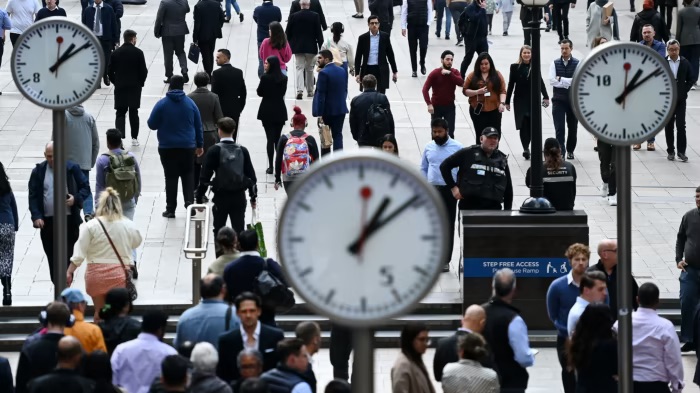
Recent adjustments to the UK‘s population estimates have revealed a tighter labour market than previously understood, with a significant decrease in unemployment rates. The Office for National Statistics (ONS) reported a revised unemployment rate of 3.9% for the three months through November, a drop from the earlier estimate of 4.2%, due to an increased number of young people of working age.
Implications for Monetary Policy
This newfound tightness in the labour market, reflecting a demographic shift towards younger individuals more likely to be in education, could influence the Bank of England’s (BOE) stance on interest rates. With upward pressure on wages and prices potentially intensifying, the BOE may opt to delay rate cuts. Economists suggest that these revisions necessitate a cautious approach from the monetary policy committee.
ONS Data Revision and Labour Force Survey Challenges
The Labour Force Survey (LFS), the primary source of these figures, faced suspension in October due to response rate issues and outdated population data. The ONS has urged caution in interpreting these figures, as methodological enhancements are still underway, expected to be fully implemented by September.
Comparisons with BOE Forecasts
The revised figures present a more constrained labour market than the BOE anticipated, challenging its forecasts of unemployment rates for the end of 2023 and early 2024. Updated statistics, including for December and the final quarter of last year, are anticipated on February 13, potentially offering further insights into labour market dynamics.
Population and Employment Adjustments
The revision indicates a significant increase in the UK population aged 16 and over, with adjustments revealing between 500,000 and 750,000 more individuals than previously estimated. This increase, particularly among those aged 16 to 24, has implications for unemployment and inactivity rates. Employment rates were adjusted downward, with the number of people in employment and those inactive also seeing revisions.
BOE’s Outlook and Market Expectations
The BOE continues to seek evidence of a cooling labour market before considering rate reductions from the current level of 5.25%. Despite market expectations for a rate cut around June, BOE officials maintain that such moves are distant, with ongoing tightness in the labour market posing challenges to wage and price stability.
Labour market participation experienced a notable decline during and after the Covid-19 pandemic, but recent data suggest a gradual return to the workforce. As the BOE and markets await comprehensive updates with the next jobs data release, the UK’s economic policy and interest rate decisions remain closely tied to labour market conditions.
Featured image credit: Andy Rain via Shutterstock
